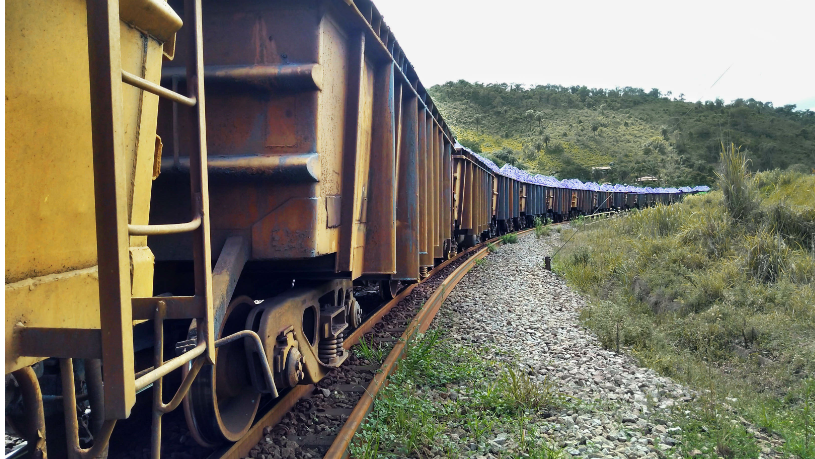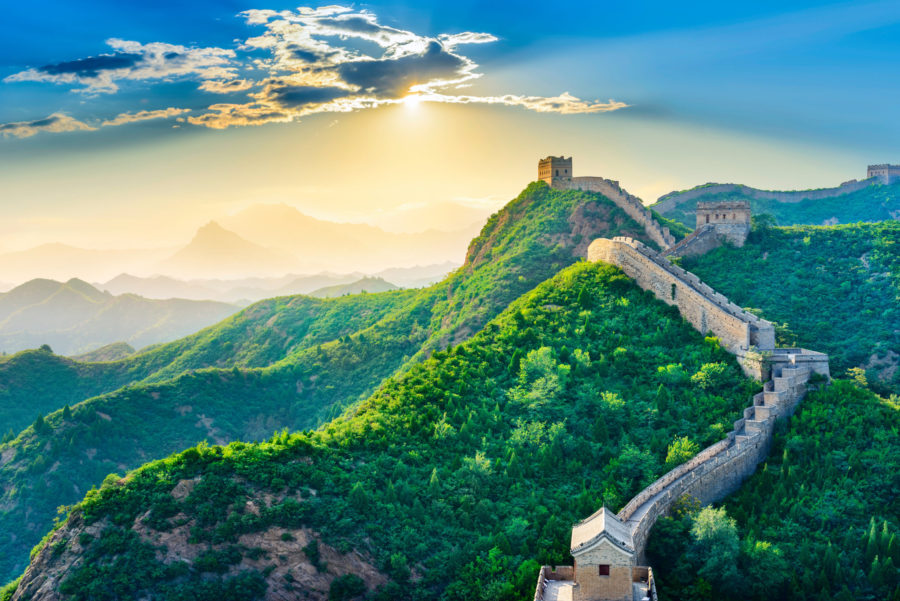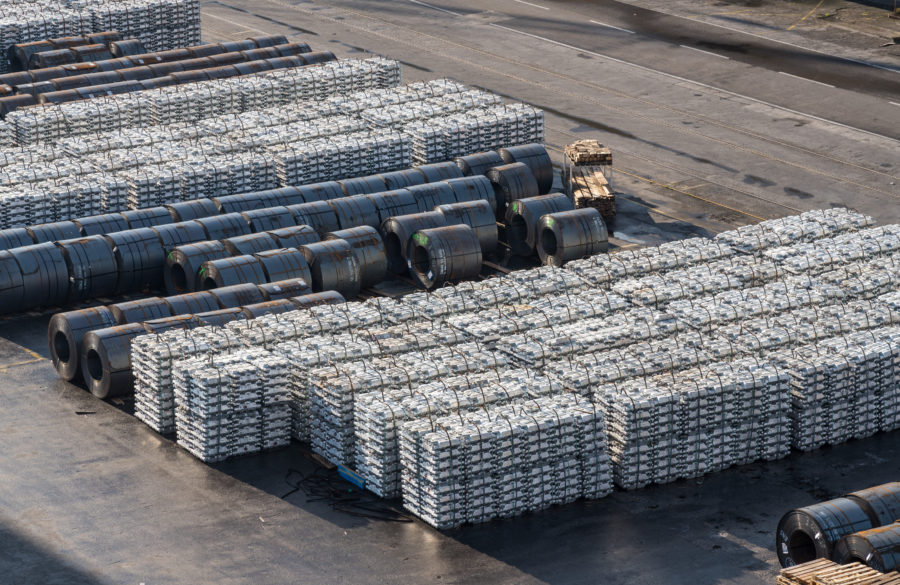Shaky iron ore market turns to Vale for final piece of supply puzzle

With iron-ore at a crossroads, investors turn to Vale for the final piece of the supply puzzle.
Last month, BHP Group boosted its forecast for annual production, while Rio Tinto Group is also seeking to lift shipments of the steel-making ingredient this year. Vale — the other member of the trio of suppliers that dominate the seaborne market — will deliver its production report on Wednesday, including updating annual guidance.
Stronger-than-expected fourth-quarter output or an increase in 2021 projections at Vale could pour more cold water on iron ore prices that have recoiled on China’s push to rein in steelmaking amid slumping margins and rising port stockpiles.
Futures, which surged to as high as $175 a metric tonne in December, have slipped back to about $150 and could end the year at $100, according to Daniel Hynes, senior commodity strategist at Australia & New Zealand Banking Group Ltd.
Still, there’s also a stronger-for-longer case, with Morgan Stanley this week outlining the “plausible scenario” of $165-plus over the next three years. A disappointing report from the world’s second-largest supplier would support such a storyline. While Chinese demand may slow, it remains robust.
The Rio de Janeiro-based company will report quarterly output of 86.6-million tonnes, according to the average estimate of seven analysts surveyed by Bloomberg. That would be a slight decline from the third quarter but well ahead of the same period a year earlier.
Assuming there were no big surprises in the final three months of the year, attention will focus on guidance. In its previous report, Vale lowered its 2020 iron ore projection to between 300-million and 305-million tonnes and forecast 315-million to 335-million tonnes this year. At the time, executives described the 2021 goal as part of a conservative approach, leaving the door open to adjustments. Since then, operations resumed at its Samarco venture with BHP.
Vale is still looking to return to a capacity of 400-million tonnes, which would see it regain the title of world’s biggest producer that it lost to Rio Tinto in the wake of the Brumadinho dam collapse that killed 270 people.
But the production recovery is taking a little longer than thought as Vale navigates legal and pandemic obstacles. That helped fuel last year’s price rally that pushed up earnings. The company was raised to an investment-grade credit rating by Moody’s and has reinstated dividend payments.
(By James Attwood, with assistance from Vinícius Andrade and Luana Vicentina)
More News
China’s mining investment under Belt and Road Initiative sets new record – report
China's overseas mining investment under its Belt and Road Initiative hit another peak last year at $21.4 billion.
March 29, 2025 | 10:26 pm
Column: Europe’s future metals strategy hindered by current crisis
Chinese over-capacity and high energy prices have accelerated the long-term decline of European steel and aluminum production.
March 29, 2025 | 02:25 pm
{{ commodity.name }}
{{ post.title }}
{{ post.excerpt }}
{{ post.date }}



3 Comments
https://www.unatierradiferente.com/desktop/slots
Thank you for every other excellent article.
The place else may anyone get that kind of
information in such an ideal way of writing? I have a presentation next week, and I’m on the look for such information.
mobilslot777
That is a good information. Thankyou for sharing!
jili slot
It was very well authored and easy to understand. Thanks alot